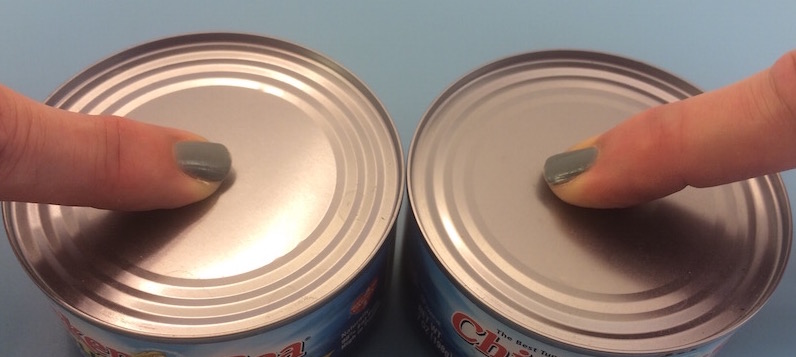

Start by washing, sanitizing, and thoroughly drying the container and lid of your choice. Preparing Flavored and Infused Oils at Home Note: The following instructions are NOT meant for retail products, ONLY home use. Since dried ingredients have no water, C. The safest way for home cooks to prepare flavored or infused oils is to use properly dried herbs, garlic, or vegetables. Acidification of food products should be supervised by a food processing authority. We do not advise home cooks to try to acidify foods. Commercial infused or flavored oils that have been acidified using an approved process can be stored at room temperature. This is particularly important when oil contains garlic. When infused or flavored oils are manufactured commercially, the fresh, low-acid ingredients are acidified to prevent bacterial growth. This is why flavored and infused oils must be made and stored correctly to prevent botulism poisoning. bot thrives in an oxygen-free environment like oil. Fresh produce also contains water, which allows bacteria such as C. The fresh vegetables, herbs, and/or fruits used to flavor or infuse oils can be contaminated with C. The primary concern with infused oils is the extremely dangerous and sometimes deadly microorganism, Clostridium botulinum ( C. But, like many other low-acid homemade foods, infused oils can pose food safety risks. They can be used in salads, marinades, sauces, and dips. Bushway, Professor Emeritus Food Science and Human Nutrition, University of Maine.įor information about UMaine Extension programs and resources, visit .įind more of our publications and books at /publications/.įlavored or infused oils can add excitement and new tastes to your meals.

Developed by Jason Bolton, Assistant Extension Professor and Food Safety Specialist, University of Maine Cooperative Extension.


 0 kommentar(er)
0 kommentar(er)
